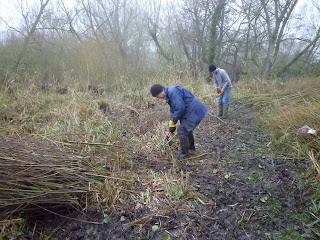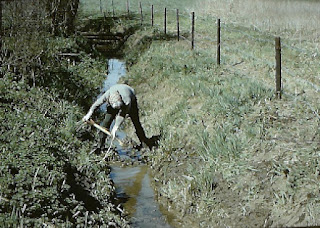There are currently a small number of Early Marsh Orchids on bloom. This year they are found on the wetter parts of the Marsh to the left and right of the first part of the boardwalk. In past years we have always looked at these pale pink orchids blooming in May and said very knowledgeably, Early Marsh Orchids. Last year, I found very similar looking orchids flowering well into June and mixed in amongst the population of Southern Marsh Orchids. They are different species, they are both Dactylorhiza genus but the early one is incarnata and the and one is praetermissa. The early one is supposed to be distinguished by the pattern of whorls on the lip of the flower. This can be seen on the photograph but it is also found throughout the Southern Orchid population. It is well known that orchids freely hybridise but that to me is a mystery because, try as hard as you can and you would be very unlikely to see any insect visiting the flowers. It is said that many are self pollinating but that d





